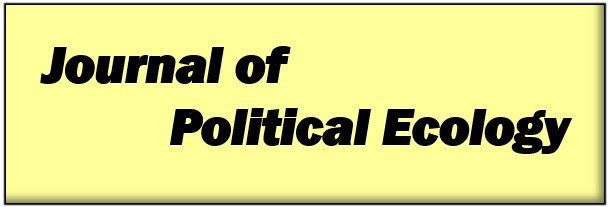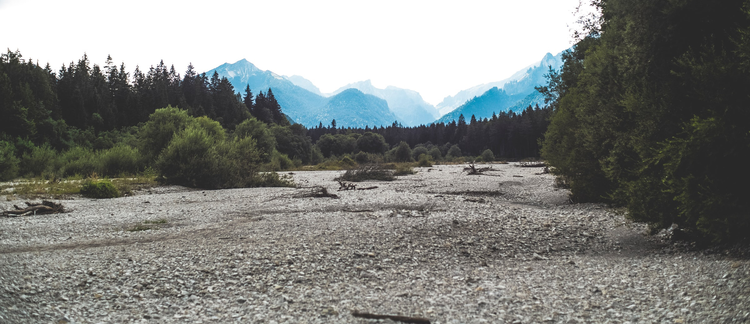Abstract
In Myanmar, since the transition to a quasi-civilian government in 2011, resolving land disputes has been high on the political agenda. Grounded in Political Ecology and inspired by Science and Technology Studies, this article investigates the critical geography of the strategies through which alluvial (is)lands in the Ayeyarwady Delta are made into disputed resources. This interdisciplinary research brings together an historical analysis of publicly available satellite imagery, geomorphological studies, qualitative interviews with villagers and officials, and participatory observation over three years. More specifically,and empirically, the article sheds light on the socio-material dynamics of three alluvial sites in the Ayeyarwady Delta, along the main river stream. Based on an in-depth understanding of the river dynamics and of legal and administrative considerations, (is)lands' inhabitants devise multiple resource-making strategies that are underpinned by different, overlapping, and often conflicting discursive justifications and principles. Dependency on the (is)lands,vulnerability to far- reaching environmental changes, and multiple forms of prior appropriation are commonly used to justify claims and practices. Theoretically, these resource making strategies lead us to interrogate what makes the materiality of ever-shifting socio-environments such as alluvial (is)lands. There is a materiality that consists not only of the ever-changing shape and position of alluvial (is)lands, but also comes into being through competing practices and claims that may exist before and long after sediments and grass actually materialize. This volatile materiality takes an oral and written dimension in multiple inscription devices such as fences, landmarks, land titles, maps, or even stories.
Keywords: Resources, access, materiality, alluvial (is)lands, Ayeyarwady River Delta, Myanmar
How to Cite:
Ivars, B., Gruel, C., Ngone Oo, T. & Venot, J., (2021) “Slippery land, ever-shifting boundaries: claiming and accessing alluvial (is)lands in the Ayeyarwady Delta, Myanmar”, Journal of Political Ecology 28(1), 146-174. doi: https://doi.org/10.2458/jpe.2309
Downloads:
Download PDF
View PDF
Funding
- Name
- German Research Foundation (DFG)'s Emmy Noether Program (276392588) and the French National Research Agency (ANR)
2186 Views
395 Downloads

